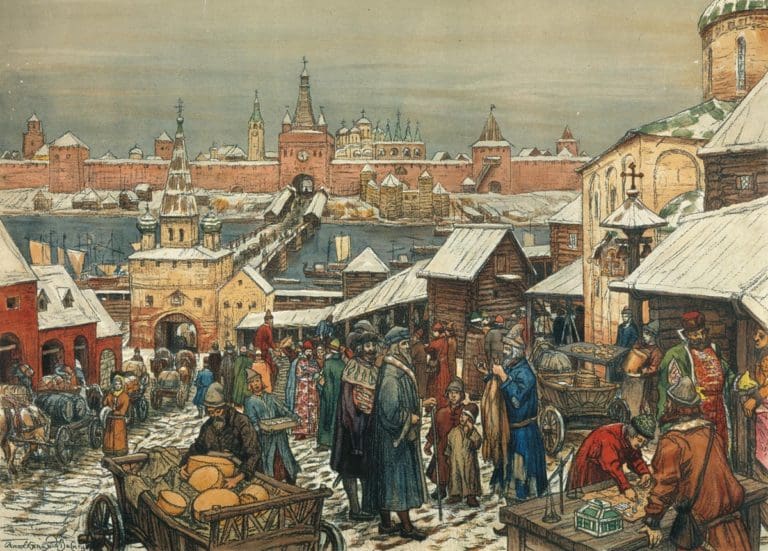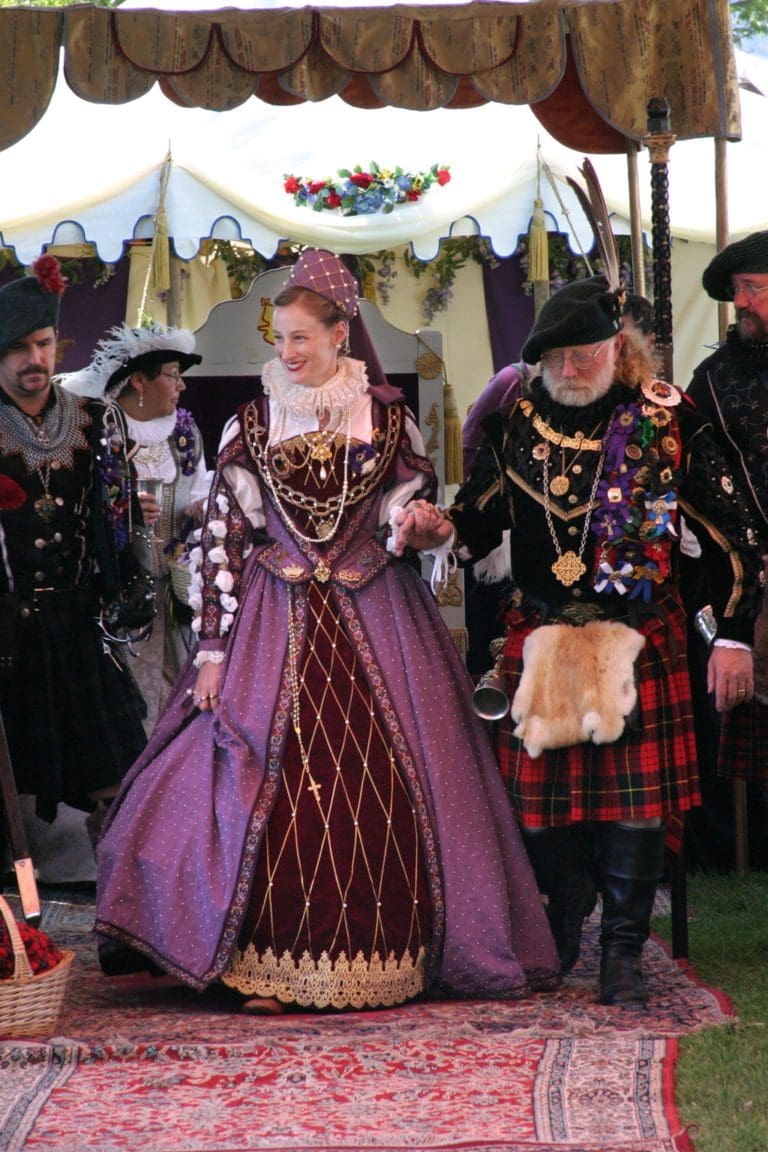Intro to Renaissance Faires and Festivals

Ever wonder where Ren faires came from and why you should go to one? Here at Medieval Collectibles, we are happy to help you explore the world of Ren faires. With this intro to Renaissance faires and festivals, we hope that you get excited to go to a faire near you!
Where did medieval faires come from?
The medieval world was filled with faires and festivals, more so before the Black Death. Fairs were a large part of the growing economy at the time. A festival was an easy way for someone to sell their goods and know that there were going to be people showing up. It was a way to organize multiple buyers and sellers in a single place at one time. Faires made it easier to find the goods that you were looking for from the customer’s perspective and to find customers from the vendor’s perspective. Often sellers would travel from faire to faire to sell their goods. Many vendors would use jugglers and magicians to attract customers to their booths to help improve their sales.
In addition to the vendors who sold goods, there would be stalls for various snacks as well as entertainment like mystery plays. Mystery plays were plays based on stories from the Bible. This was common entertainment in a highly Christian world.

When it comes to the modern world, the idea of a medieval-based faire first came about in the 1960s. While interest in medieval and Renaissance culture was increasing post-WWII, the first faire didn’t occur until 1963. The still-running Renaissance Pleasure Faire of Southern California started in 1966.
What are faires like now?
There’s not much difference between now and then. Really! Today, in most faires, there are people who sell all sorts of goods as well as food and drinks. Many vendors will attend a Ren faire to sell their handcrafted goods. In addition to the food and drink, there is usually live entertainment at a festival. The type of entertainment varies. Often, faires will feature a joust, live musicians, reenactments, or even a stage show. Some festivals will offer games for people to play. Many faires will also include educational experiences. Blacksmiths are a common sight at medieval festivals.
Who are Renaissance faires for?
They are for people of all ages! Faires are routinely family friendly. They will offer activities and entertainment for people of different ages. Some faires take place on locations that are more accessible than others. Faires that have been in existence longer will usually be more accessible for those with physical disabilities.
Faires are for people looking to have fun and experience something different from their day-to-day lives. Medieval faires focus on a timeframe and a way of life different than much of the modern world. This makes them ideal for leaving behind some of your modern worries and problems for a day or two. In addition, faires are perfect for people interested in history or dressing up in historical costume. As mentioned earlier, historical reenactments are often a major portion of faires and festivals. They allow people to learn about historical activities and skills.

We hope that we have given you a better idea of medieval festivals with this intro to Renaissance faires. Have you attended a Ren faire recently? If so, what was your favorite part? Let us know what you enjoy the most about medieval faires and if you have worn anything from Medieval Collectibles to one. Also, if you need help getting ready, we have a guide to preparing for your first Renaissance faire.





